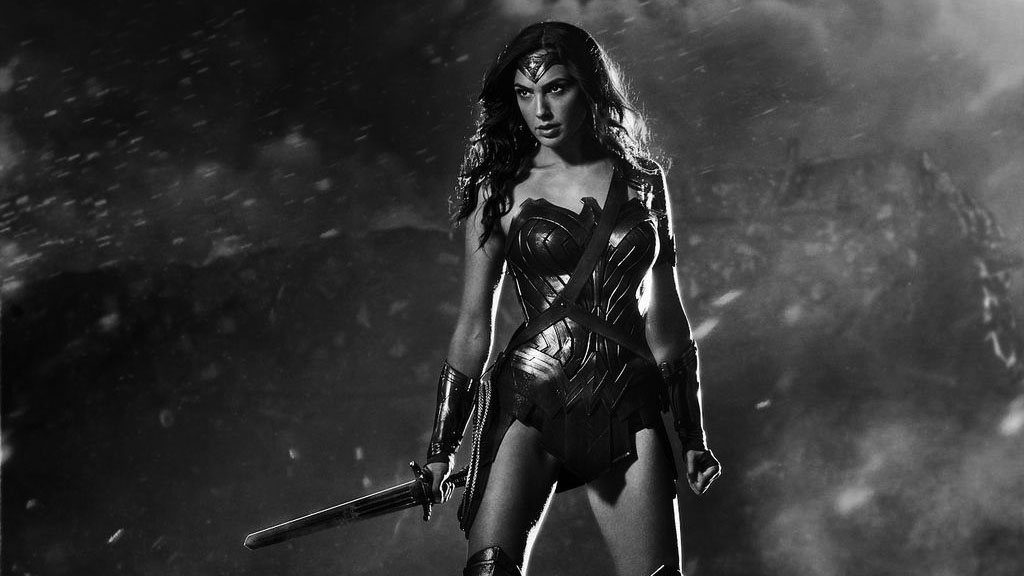After months of speculation, DC Comics has released its five-year superhero film line-up, answering hundreds of assumptions, expectations, and unrealistic hopes in one succinct press conference. The films include the sequel to 2013’s Man of Steel, which will focus on Batman and Superman’s first meeting while simultaneously featuring multiple Justice League cameos, including Wonder Woman and Aquaman—whose feature-length films will be coming out in 2017 and 2018, respectively.
The portrayal ofwonder Woman by Gal Gadot will also mark the first time that a superhero film franchise will feature a woman in a leading role, excluding box-office flop Catwoman (2004). This is a huge step forward for the comic book world, which has often featured women in strong leadership roles on print, but shied away from having them play equally strong roles on the big screen. Additional films will be pedalled out for The Flash, Shazam, Cyborg, and Green Lantern, and Justice League is set to be released in two parts in 2017 and 2019.
For DC fans everywhere, as I proudly profess myself to be, this announcement is essentially the advent of a five-year-long Christmas. Beyond the fact that the Suicide Squad is getting its own film—something I didn’t hear anybody speculate upon—seeing that DC Comics is ready to burn and bury the disappointment that was Ryan Reynolds’ performance as Green Lantern could be considered a holiday in and of itself. However, this announcement has, unsurprisingly, been immediately questioned by people claiming DC is just too late to the feature film game, and will now be forever clouded by The Avengers’ (2012) multimillion dollar success. While I have to agree that DC has taken far too long to amp up its movie franchise, it’s an absurd statement to claim that DC is anything other than a powerhouse of superhero comics, TV shows, and films that have established a steady long-lasting fan base completely independent of Marvel’s enterprises.
Comparing and contrasting DC and Marvel is a hilariously contentious topic, and I would be lying if I said I had never considered ending a friendship over another’s preference for Iron Man over the clearly superior and far more fleshed-out Batman character. Of course, both franchises have things they do incredibly well and things that they fail horribly in, and while the two companies are clear rivals, they have successfully teamed up multiple times in the past making for some of the most interesting comic book story lines that have ever been produced.
Cinematically, it cannot be denied that Marvel does movies right—focusing on fantasy fun while also funding the talent to bring a solid balance of superhero whimsy and an occasionally strong action-laden plot is what made Marvel the frontrunner of superhero films in the past decade. On the other side of the coin, Marvel too has ‘mastered’ the creation of a multi-film plot that it can then suck the life out of until it is a contradictory carcass of its former glorious self, just for the purpose of continued profit (here’s looking at you X-Men). DC, meanwhile, has tended to focus in recent years on the slow build-up of incredibly gritty, dark, and plot-heavy live-action films and television series; and while these productions may not attract the same profit as Marvel’s spoon-fed humour and good-looking background characters, DC’s commitment to consistent character and plot development makes for a more interesting cinematic experience.
This latest film franchise will likely set the tone already established in Man of Steel—darkly, humorous, true to the comics, and committed to realism. This clear contrast from Marvel’s cinematic route goes to show the inherent differences in the two companies, which have long polarized fans into one camp or the other. The differences in production style between the two companies is what makes the world of superheroes so interesting—Marvel provides fantastical escapism through the capes of broad-shouldered men and women in skintight body suits, allowing for the cinematic escape that movies were initially intended to provide, while DC injects horror and villainy into recognizable cities, thus allowing the heroes of its universe to seem that much more possible, and that much more relatable.








